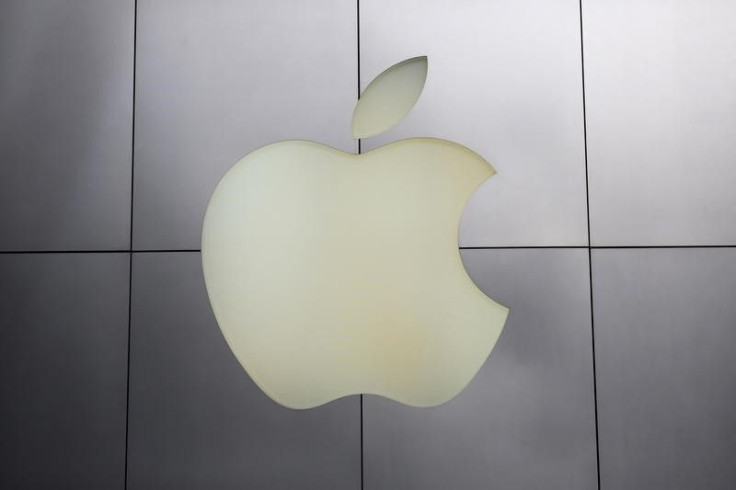iPhone 7 on Release Date Will Have Shatter-Proof Display as Described in New Apple Patent

The next iPhone, rumoured as the iPhone 7 on release date next year, will sport a glass panel that likely will not suffer from a cracked screen notwithstanding a nasty fall.
This according to a new report from Apple Insider, which pointed out that the iPhone 7 will have a tougher screen and other components protection not because of sapphire cover or the latest Gorilla Glass 4 coating from Corning.
Apple fans can thank a new technology that the company could introduce as early as next year for the latest iPhone killer feature, the report added.
Unique device protection system
In a newly approved Apple patent, the iPhone maker is looking to diminish or prevent damages on future models through a protective system described in the document titled "Protective Mechanism for an Electronic Device."
As the tech giant shifted to slimmer and lighter profile for its flagship phone, it acknowledged too that device will require better safeguard from accidental drops given its fragile build and sensitive parts inside and out.
Essentially, Apple envisions a built-in system that offers real-time protection by controlling a free-falling iPhone to cushion the impact upon hitting a solid ground.
"Apple's invention can not only estimate where a device will make impact, but actively shift the unit's center of gravity so that sensitive components like glass screens and cameras are not damaged," Apple Insider said on its report.
Immediate application
The best thing about the new technology is its easy integration with sensors already found on existing models - the iPhone 6 for instance, pointing to the likelihood that the iPhone 7 would benefit from the invention.
With accelerometers, gyroscopes and GPS on board, Apple engineers can configure the iPhone 7 vibration motor to detect a free-fall mode then manipulate the device mid-air. The objective is to control the device momentum and determine the best drop angle possible that will minimize or even prevent damages.
Such embodiment is the most practical option available for Apple, which also would allow the next iPhone to readily showcase the protective feature, Apple Insider noted.
Or Apple could choose to pack the same technology with ingenious approaches such as the use of hidden gas canisters that will slow down a fall or additional motors that power air foils to achieve controlled device landings, the tech site added.
As in the case of most Apple patents in the past, this patent becoming an actual killer feature remains a big question mark for the iPhone 7, the release date of which is said to happen in the second half of 2015.



















